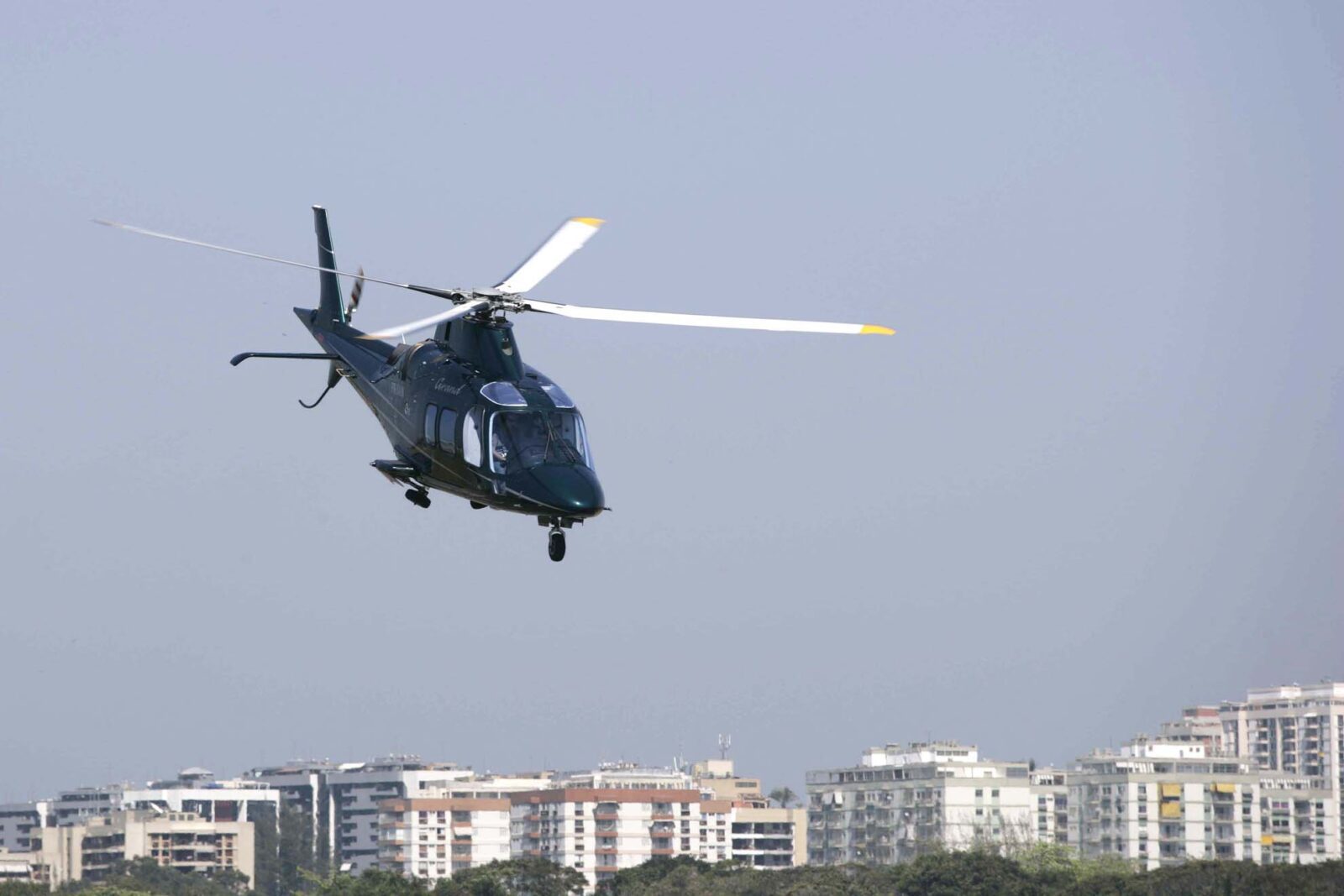Brazil’s rotary wings ensure safety and fluidity of airspace
DECEA, by Telma Penteado and Lieutenant Martorano
The Brazilian Air Force (FAB), through the Department of Airspace Control (DECEA), plays a crucial role in ensuring flight safety in the country. The organization brings together human resources, equipment, accessories and infrastructure with the mission of ensuring the safety and fluidity of flights, be they civil aviation (commercial and general) or military, manned or unmanned, fixed-wing or rotary-wing.
Helicopters are subject to the same strict rules and regulations established by DECEA. This includes the need for detailed flight planning considering factors such as the weight of the aircraft; the number of passengers; the fuel level; the altitude of the take-off and landing site; and checking the weather.
Brazil has the largest helicopter fleet in the world, according to data collected by the Brazilian Association of Helicopter Pilots (ABRAPHE). According to statistics from the National Civil Aviation Agency (ANAC), the country has a fleet of more than 2,000 helicopters. São Paulo alone has more than 410 aircraft and 260 helipads, where around 2,200 landings and take-offs take place every day.
The challenge of managing and controlling this specific air movement has brought pioneering and highly complex solutions. Unique in the world, the HELICONTROL system, developed by the FAB, is operated in the Congonhas Control Tower, in São Paulo (SP), to guarantee the safe coexistence of planes and helicopters on approach to this airport, which is the second busiest in Brazil.
The Southeast Regional Airspace Control Center (CRCEA-SE), through the São Paulo Airspace Control Detachment (DTCEA-SP), is masterfully fulfilling this mission. “The special helicopter routes at Terminal São Paulo, which organize rotary-wing traffic in the metropolitan region, guarantee the safety and fluidity of the airspace. Flying under visual flight rules (VFR) in uncontrolled airspace, pilots must always maintain visual references with the terrain and other aircraft. In order to maintain high levels of operational safety, compliance with the rules and procedures set out in DECEA publications is essential,” said the Head of the CRCEA-SE Operations Division, Lieutenant Colonel Robson Laube Roque Moreira.


Air Traffic Controllers rely on more complex software, tools and aids, such as the Advanced Air Traffic Information Management System and Reports of Operational Interest (SAGITARIO); Total Air Traffic Information Control (TATIC) – a system for entering flight information; and communication facilities through the Automatic Dependent Surveillance Broadcasting System (ADS-B) – a pioneering system developed by DECEA.
When operating inside the São Paulo metropolitan region, helicopters fly on the so-called Special Helicopter Routes, which are routes created to discipline and make the flight of these aircraft safer. Outside of Congonhas airport and the São Paulo metropolitan region, there are other procedures, explained the Head of DECEA’s Operations Subdepartment, Air Brigadier André Gustavo Fernandes Peçanha.
“Helicopters fly at altitudes defined in ICA 100-12 on ‘Rules of the Air’, according to the direction of their flights, generally under visual flight rules and in class G airspace, where they are responsible for their own separation from other aircraft and obstacles on the ground,” emphasized Brigadier Peçanha.
Offshore air movements – investments for increasingly safe helicopter flights in the oceanic region

On December 28th, the new air traffic classification at Terminal Macaé (TMA-ME) came into force, changing the classification of the airspace from “D” to “C”. In the new classification, traffic evolving under instrument flight rules is separated from that following visual flight rules and, therefore, this change will significantly increase the safety of operations.
In addition, the vertical and horizontal limits of the TMA have been changed, so that the Air Traffic Service, which used to be provided from 1,500 feet, is now provided from 500 feet, and the upper limit of the offshore area has moved from flight level 145 to 105, thus allowing flexible use of the airspace.
Photos: Luiz Eduardo Perez / DECEA *** Translated by DEFCONPress FYI Team ***

